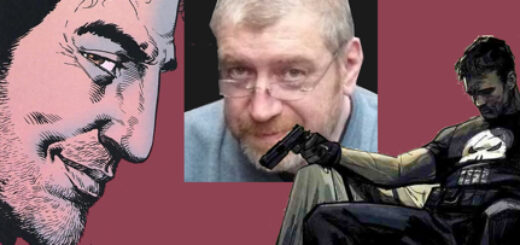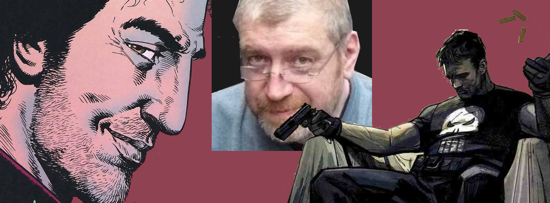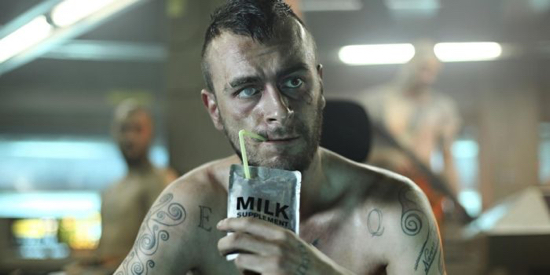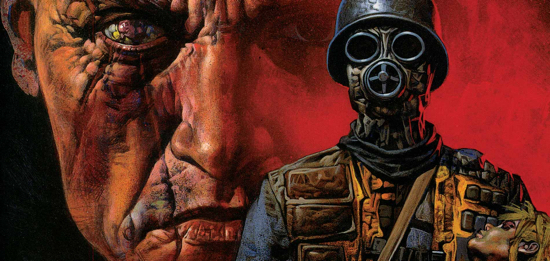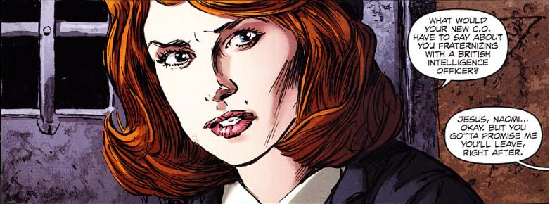Martha Thomases: The Importance of Fleeting Contact
The casual serendipity of random intimacy is one of the wonders of adulthood. I don’t mean the kind of groping that hides in crowds so that its perpetrators can perform a criminal act. I mean the temporary companionship we discover with people we don’t know when circumstances cause us to spend a few hours together.
When I first moved to New York I’d talk to strangers on the bus, surprised at how easy and pleasant it was. I made friends for life (whom I haven’t seen in 30 years) when my son was born prematurely, and I spent a few weeks in the Neo-Natal Intensive Care Unit with parents of other premies. At the playground, I enjoyed getting tips from other parents and caregivers.
So it is with comic book conventions.
It tends to be my role at these events to staff the booth and make sure the talent is comfortable and free to interact with the fans who have paid to be there. I fetch water and snacks, if possible. I stand a lot because fans are more comfortable when they can talk with me eye-to-eye. I keep a smile on my face even though I’ve been asked the same question a couple hundred times, because it’s the first time for the person who is asking.
Just as at the playground, the conversation is both deep and fleeting, subject to easy distractions and the call of duty. We’ll talk about good places to eat, the future of the industry, and which bathrooms have the shortest lines. We’ll get judge-y about cosplayers. We’ll gossip. We’ll speculate with no basis in fact.
For the six to eight hours each day, my booth mates are my best friends ever. It doesn’t matter where they come from, what kind of work they do, or what political views they hold. We have a lived through the fires of hell together, and we all deserve to go the a bar for a drink.
This is why I am so sad about the loss of Steve Dillon. I don’t claim that I knew him well. I never met his family, or even saw a picture of his home. I only spoke with him a few times away from a convention, and one of those times, I interrupted him with a phone call at a pub when there was an important football game happening.
There were hours and hours when I stood behind him at the DC booth as he signed one autograph after another. Sometimes, he’d doodle a little profile of Jesse Custer of Preacher, the book most fans wanted him to sign. I must have watched him draw that image hundreds of times. He could do it with just a few lines, and each sketch had the emotional intensity he brought to so much of his work.
My first comics editor, Larry Hama, would tell me that one of the advantages of working in the graphic story medium was that we had an unlimited special effects budget. It cost just as much to create a page with an intergalactic battle as a page of two people talking in a coffee shop. His point was that I should consider taking advantage of this freedom to write stories that would be incredibly expensive to film. He wasn’t saying that scenes with people talking were bad, but rather that I should have really good reasons for writing them that way.
Steve Dillon could make scenes of people talking in a diner the most intense, emotionally involving possible story-telling choice. When I read his work, I projected deep and volatile emotions into the faces of the characters. Maybe it was his pacing. Maybe it was the way he laid out the panels. Maybe I just had an affinity for his work.
I hadn’t seen Steve in more than 15 years when I heard that he died. My first thought was to wonder what Garth Ennis would do, which is more than a little bit ridiculous. Both of them had other collaborators, and both of them did magnificent work on those projects.
To me, though, they will always be sitting side by side, signing work, making snarky remarks, and otherwise making their fans feel special.

